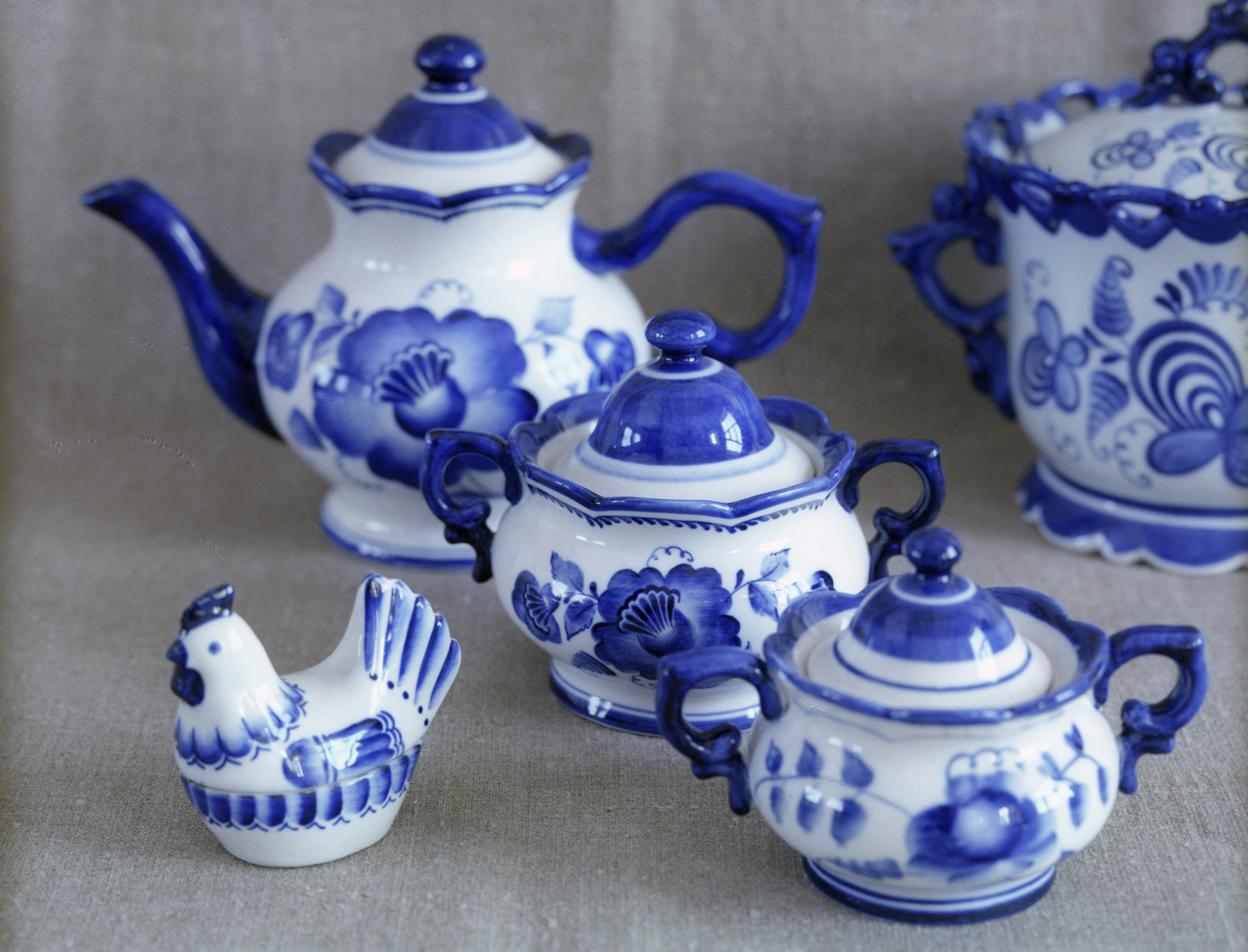
Gzhel (57 kilometers southeast of Moscow) has long been known for its outstanding clay, so it’s no surprise that local potters were Russia's pioneers in producing porcelain. Beginning in the early 19th century Gzhel artisans began producing tableware and sculptures featuring the trademark blue painting on white background.
After surviving years of neglect following the Bolshevik Revolution of 1917, the factory experienced a renaissance in the second half of the 20th century when the country's best artists headed to Gzhel to revive this traditional handicraft. Brush painted and
"Our team consists of 40-45 people," Petr Sivov, the general manager, says. "Half of them have a higher education, but half of them are self-taught. Talking about the new specialists - unfortunately, vocational education ceased to exist after perestroika. College graduates don't want to work here for some reason. So, we teach our specialists here by ourselves and even pay them a little stipend."
Interestingly, before being baked and glazed the famous white-blue Gzhel is a pink-black color. Why? Before coloring, each piece undergoes so-called “fuchsine control,” whereby it is covered with fuchsia to reveal cracks. The process is strictly controlled. The fuchsia gradually turns white and disappears. Then it is hand-painted with a dark cobalt dye, which looks almost black before baking. During the baking
All rights reserved by Rossiyskaya Gazeta.
Subscribe
to our newsletter!
Get the week's best stories straight to your inbox